Financial markets are now pricing in a less than 50% chance of such a move, as more Fed policymakers appear hesitant amid persistent concerns about inflation and relative stability in the labor market.
The shift in market sentiment has been swift. Short-term interest rate futures, a key indicator of financial market expectations for Fed policy, now reflect a 47% chance that the Federal Open Market Committee (FOMC) will cut rates at its final meeting of 2025 on December 10. That’s down from 67% at the start of the week.
This hesitation was evident in the statements of senior officials. San Francisco Fed President Mary Daly, a strong supporter of previous cuts, said on November 13 that she had not yet made a final decision on whether to support or not to support a rate cut next month, because any decision made about four weeks before the meeting would be "too early," she said.
Likewise, Minneapolis Fed President Neel Kashkari, who just a few months ago suggested a third cut was appropriate, has now expressed hesitation, pointing to the complex reality of inflation still running too high, around 3%, while some sectors of the economy are doing well and other sectors are under pressure.
A cautious stance is gaining ground within the Fed. Boston Fed President Susan Collins, who voted for both previous cuts, signaled this week that she favors a “hold-up” approach. She said there is a “fairly high hurdle” to further easing in the near term. She stressed that without evidence of significant labor market deterioration, she would be reluctant to ease policy further, especially given the limited information on inflation due to the government shutdown.
The comments underscored deep divisions within the Fed, a challenge that Fed Chairman Jerome Powell acknowledged two weeks ago. After the Fed cut rates to a range of 3.75%-4%, Powell warned that the Fed was unlikely to make another cut in December, especially given the lack of official economic data.
The December meeting is expected to see even more dissent, regardless of the final decision. At the previous meeting, there were two votes against a cut: Kansas City Fed President Jeffrey Schmid said high inflation did not warrant easing, while Fed Governor Stephen Miran wanted a bigger cut, of 0.5 percentage points, because he believed inflation was falling faster than expected.
Since then, other policymakers have voiced caution. St. Louis Fed President Alberto Musalem reiterated the view that monetary policy needs to "fight" inflation, and Fed Vice Chairman Philip Jefferson said it was especially prudent to move slowly in the absence of data. Even non-voting members like Atlanta Fed President Raphael Bostic and Cleveland Fed President Beth Hammack have expressed a preference for keeping rates unchanged.
This division puts Powell in a difficult position and makes the path of interest rates more uncertain, said Krishna Guha, vice president of Evercore ISI. If the Fed decides to cut, the opposition could include Collins and Musalem alongside Schmid, Guha predicted. Conversely, if the Fed leaves rates unchanged, the dovish faction led by Miran could be joined by other governors.
To complicate matters, private sector economic data has also sent mixed signals. On one hand, payroll services firm ADP said U.S. businesses cut more than 11,000 jobs a week through the end of October, a sign of cooling. On the other hand, TLR Analytics reported that sales tax revenues remained “quite strong,” showing no signs of economic alarm.
Meanwhile, inflation remains a top concern. Apollo chief economist Torsten Slok estimates that prices for 55% of the items in the Consumer Price Index (CPI) basket are rising faster than 3%, significantly above the Fed’s 2% target. This, Slok concludes, is why the Fed is unlikely to cut interest rates in December.
Source: https://vtv.vn/noi-bo-fed-chia-re-kha-nang-ha-lai-suat-ngay-cang-mong-manh-100251114142832651.htm


![[Photo] Unique architecture of the deepest metro station in France](https://vphoto.vietnam.vn/thumb/1200x675/vietnam/resource/IMAGE/2025/11/14/1763107592365_ga-sau-nhat-nuoc-phap-duy-1-6403-jpg.webp)



![[Photo] Unique art of painting Tuong masks](https://vphoto.vietnam.vn/thumb/1200x675/vietnam/resource/IMAGE/2025/11/14/1763094089301_ndo_br_1-jpg.webp)

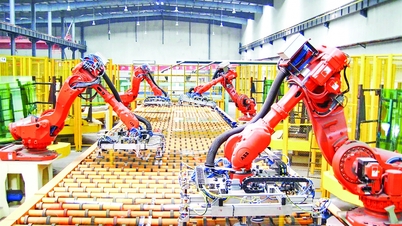
















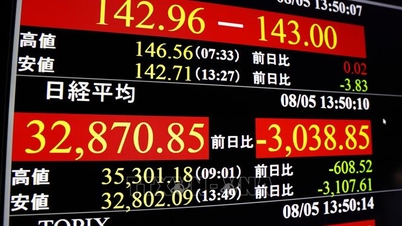






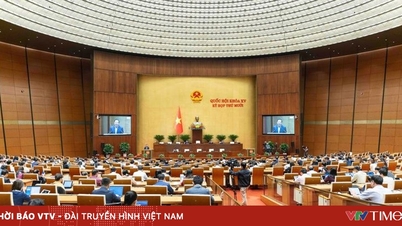

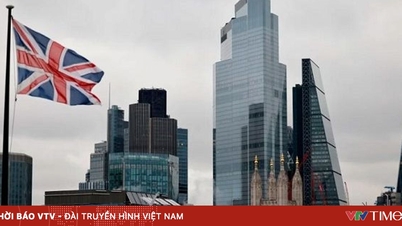
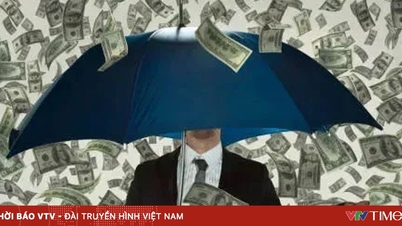


![[Photo] Special class in Tra Linh](https://vphoto.vietnam.vn/thumb/1200x675/vietnam/resource/IMAGE/2025/11/14/1763078485441_ndo_br_lop-hoc-7-jpg.webp)

















































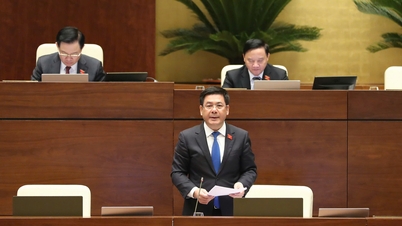











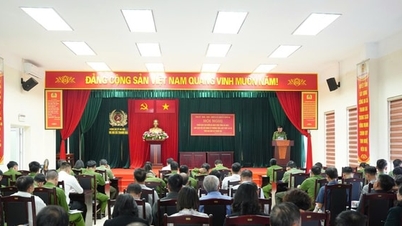














Comment (0)